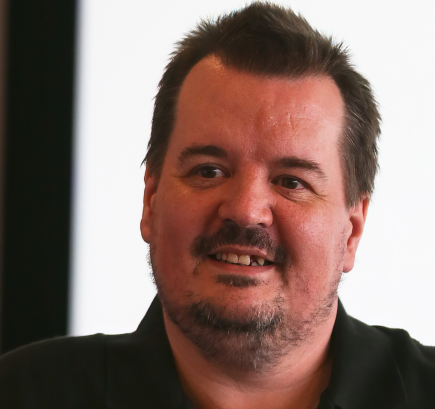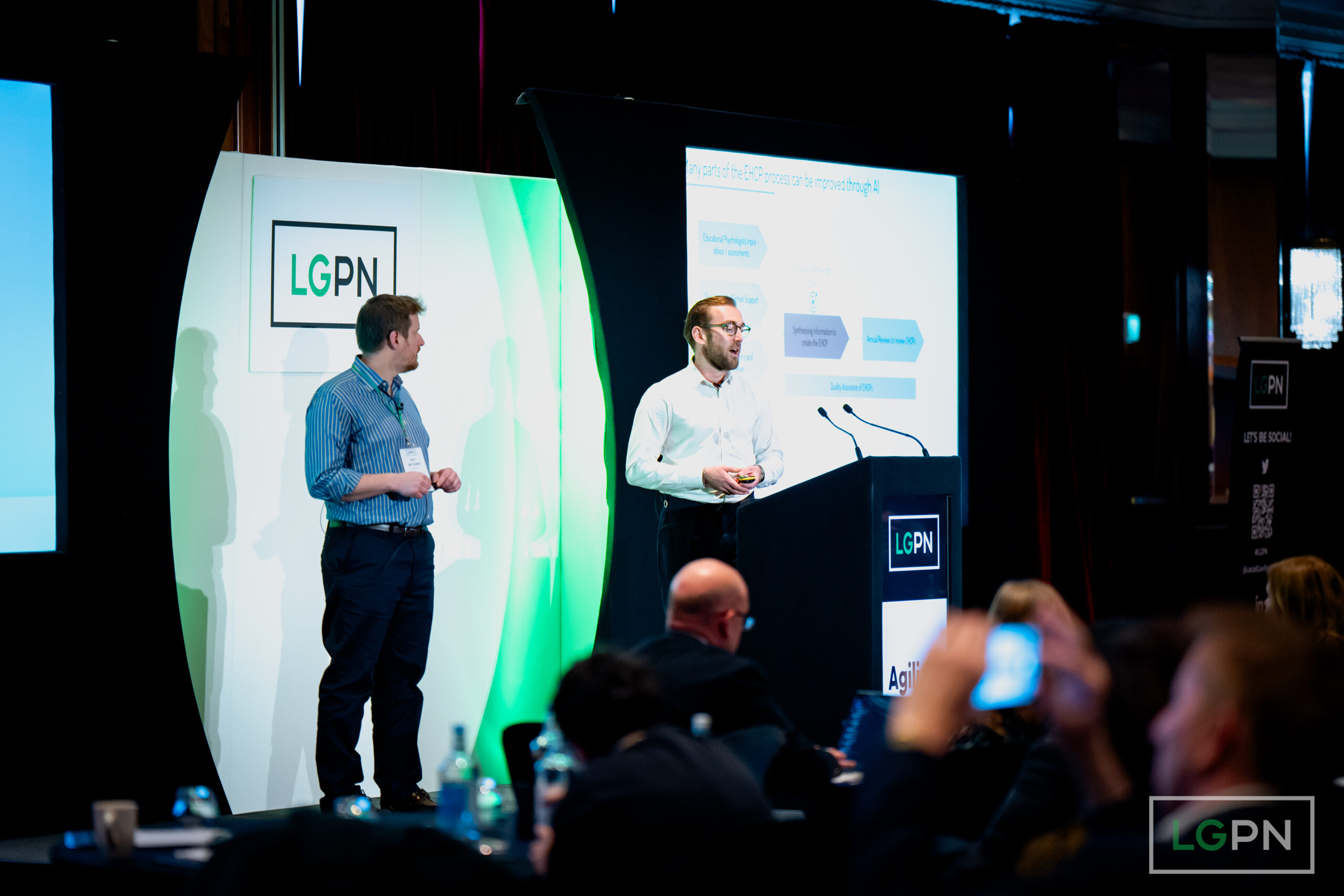
The hidden side of Accessibility and Disability
Mike Hartley, Senior Dynamics 365 Consultant at Agilisys, writes about his experiences and how we can make life much more accessible for others. Did you know that one in five working age adults in the UK have a registered disability? Did you also know that 70% of disabilities are hidden? How about one billion people […]
Mike Hartley, Senior Dynamics 365 Consultant at Agilisys, writes about his experiences and how we can make life much more accessible for others.
Did you know that one in five working age adults in the UK have a registered disability? Did you also know that 70% of disabilities are hidden? How about one billion people globally with a registered, and reported, disability (this excludes nations who do not release those numbers).
The numbers of people are quite staggering. The lack of awareness of this is mind-blowing. I recently heard someone put it as “if you could build a product for a nation of 1Bn people, you would. So why are we not building for the 1Bn disabled people?”
I’ve been getting heavily involved in Accessibility Advocacy for a couple of years now but came to a major realisation only eight or so months ago. Something that I knew but buried and hadn’t processed. I am one of the unregistered. I have a disability, but I do not count in the one in five because I am not registered… and I’m far from alone in that situation.
You see, I have a degenerative spinal disorder. There’s no fancy name for it as the doctors and surgeons don’t know what it is or what has caused it. All they know is that my spine is degenerating in a non-predictive and non-linear manner.
I had major surgery on the vertebrae in my neck over ten years ago when they got round to discovering that chronic pain and things like loss of fine-motor control were due to my spinal cord being crushed by over 50% and that key nerves were being squeezed – all beyond repair. The surgery was to delay things, not to cure.
Just after COVID-19 struck I started to have some real problems with my body from the waist down. I went to A&E and discovered I was 1mm away from completely losing control of that part of my body. Surgery followed, and again it was to prevent rather than cure.
I live with chronic pain. I struggle with fine-motor processes on a daily basis. Because of the neck surgery I hear things through my skull that drive me to screaming on occasion. As a result of my lower spine, I can struggle with mobility issues and other issues that you really don’t want to hear about! But you wouldn’t know it to look at me normally. I hide it. I live with it.
I have denied it. Doctors have suggested that I get registered, and I have refused – in part because I look “normal”, and in an even bigger part because I couldn’t process that. There’s also an element of feeling that “I’m not disabled enough”
I’ve always lived within the shadow of the possibility, actually it’s more a probability, of permanent disability. All the doctors and surgeons have told me it is when not if, and that they cannot give me a window of time. I genuinely could wake up tomorrow and not be able to move.
But even with that, I have denied it. Even now I have to say that I have acknowledged my disability, but I have not accepted it.
I was talking to a young lad the other day who had an accident when doing sporting activities. As a result, he has suffered cognitive disabilities, physical limitations, and visual disabilities.
When we were talking, he told me that he didn’t like to meet people now because he doesn’t want to have to explain, and he doesn’t want to have to face what has happened.
“I have to face the stigma I have towards myself, and deal with the pity that is the normal response from people” is what he told me. That struck a chord with me as I realised that there was a huge truth in what he said. I realised that those words reflected what I had been holding to myself.
I’ve also heard the same from others, especially those who have had to cope with the change from “normal” (whatever that is) and disabled or from people who, like me, have learnt to hide their issues and bury them as much as possible.
In the past 30 or so months I have worked closely with Microsoft and with the Microsoft Community to raise Accessibility awareness, and in doing so been amazed at the number of people who use accessibility tools without anybody else even registering it. Some of these people just use them because they are generally helpful, others use them because they need to… but they don’t like to let people know.
Accessibility is often not considered in what we do because people don’t ask for it, they don’t like to mention they need it, we don’t offer it, or nobody thinks about it at all.
There are simple things we can implement that start to make a big difference without shining a spotlight on individuals. Here’s just a few tips to round off this post. If you take this list and start to make small changes, you can make a big difference to those with hidden and visible needs, and we can really start to make sure people feel embraced and enabled.
1) Use Camel Case / Pascal Case in things like hashtags, URLs or when writing variable names etc.
Things like #agilisysembraceandenable are difficult to read, and screen readers cannot process them. A simple change to make it #AgilisysEmbraceAndEnable transforms that into something that is much easier to follow.
2) Use Cameras in Teams meetings, and use Transcription, but be sensitive to the attendees.
One thing I heard from a friend is that my cool and geeky office can actually be a real problem for folks with ADHD because there’s so much to process, so I will blur my background for them. For others having the cameras on can help because they lip read to help with concentration or comprehension. The flip side is that for some the cameras can be a problem and they may need to turn off incoming video (if it’s a team meeting) or may prefer me to turn my camera off. If you don’t like seeing yourself on screen you can use the “Hide For Me” option on your video so that we can see you, but you’re not distracted by seeing yourself (after all, we never sit in meetings opposite a mirror)
3) Make use of the tools we have available.
Accessibility checker in Microsoft Office is getting better with every update, but it’s only good if we use it. There’s also the Accessibility Reminder toolbar from Microsoft Garage that can be used to insert reminders to check what documents and presentations.
When doing web builds use things like the WebAIM WCAG Browser extension to check against Web Content Accessibility Guidelines, and when build Power Apps etc make use of the Accessibility Checker built into the platform to help guide your build.
4) Progress over Perfection.
Don’t think that there’s nothing you can do. Please don’t think that the task is too big and that you can’t make a difference. Every change we make is helpful and is one step further on than where we were before. The more of us who work together, the more impact we can have. We’ll never achieve perfection because it is impossible, it doesn’t exist, but we can all make progress.





